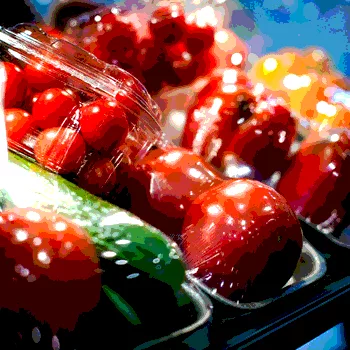Driving Food Safety with HPP Technologies

1. What is the Cold Pressure Council and what role does it play in food safety?
Jeff Williams: The Cold Pressure Council (CPC) is a trade group that will develop and formalize best practices for cold pressure technology and promote the use of a “Cold-Pressure Verified” seal to help consumers easily identify products. Cold pressure refers to the process of using high-pressure processing (HPP) instead of heat pasteurization to preserve food.
There were several drivers behind the formation of the CPC. First was the desire that everyone using HPP technology follows proper processes and procedures—no shortcuts. HPP is a fantastic technology, and we do not want any ‘bad actors’ misusing the technology and creating a bad image for it. Another driver was the desire by many existing and new brands to have a logo program that would identify that product as ‘cold pressured’ and verified—as in they are following the proper guidelines for safety, validation, and the HPP process. The third driver was to create an independent organization to help foster the growth and development of HPP overall.
As far as Food Safety—HPP is synonymous with it. HPP is cold pasteurization in pure water; it uses ultra-high-pressure-purified water to keep packaged food pathogen-free to stay fresh longer. At very high pressures, bacteria such as Listeria, Escherichia coli, and Salmonella are inactivated. Foods using HPP include ready-to-eat and ready-to-cook meats, ready-meals, fruits and vegetables, juices and smoothies, soups and sauces, wet salads and dips, dairy products, seafood, and shellfish. HPP helps producers increase food safety and extend shelf-life while providing consumers with nutritious, natural, flavorful food.
2. How is the CPC including consumers in the conversation about HPP food and beverage packaging? Why is that important?
JW: The CPC is including HPP in the conversation with consumers with the emergence of the seal on actual product packaging. Currently, the seal can be found on Evolution Fresh and Suja juices. As more members join and qualify for the seal, consumers will see it on additional packages in the market place.
In addition, we are seeing more and more SKUs across every category currently using HPP. The emerging categories include soups, baby food, pet foods, new beverage alternatives, RTE meals, and ingredients into other products that are not processed in this way. With more and more products available, consumers will continue to learn about HPP technology.
Also, a key category you typically would not see is foodservice. Restaurants are pushing towards fresh, natural, and safe foods, just like consumers at home. More and more foods and ingredients used in restaurants are moving to HPP.
There are many new applications coming that are currently in the lab which no one is thinking of right now. You’ll start to see those in stores this year. Finally, there are a number of products currently on the market that do not use HPP, but in the coming year or two, you will see shift to HPP for a number of benefits.
3. What is the CPC’s plan to foster awareness of HPP?
JW: The CPC will continue their membership drive and issuance of guidelines for all categories of HPP food applications. As more applications are added and eligible for the seal, awareness will grow.
4. Looking ahead, what is next for the CPC?
JW: The CPC has an annual conference; this year it will be in June in Chicago. More info can be found at coldpressurecouncil.org/annual-conference/.
Jeff Williams is the chairman of the Cold Pressure Council.
Looking for quick answers on food safety topics?
Try Ask FSM, our new smart AI search tool.
Ask FSM →







